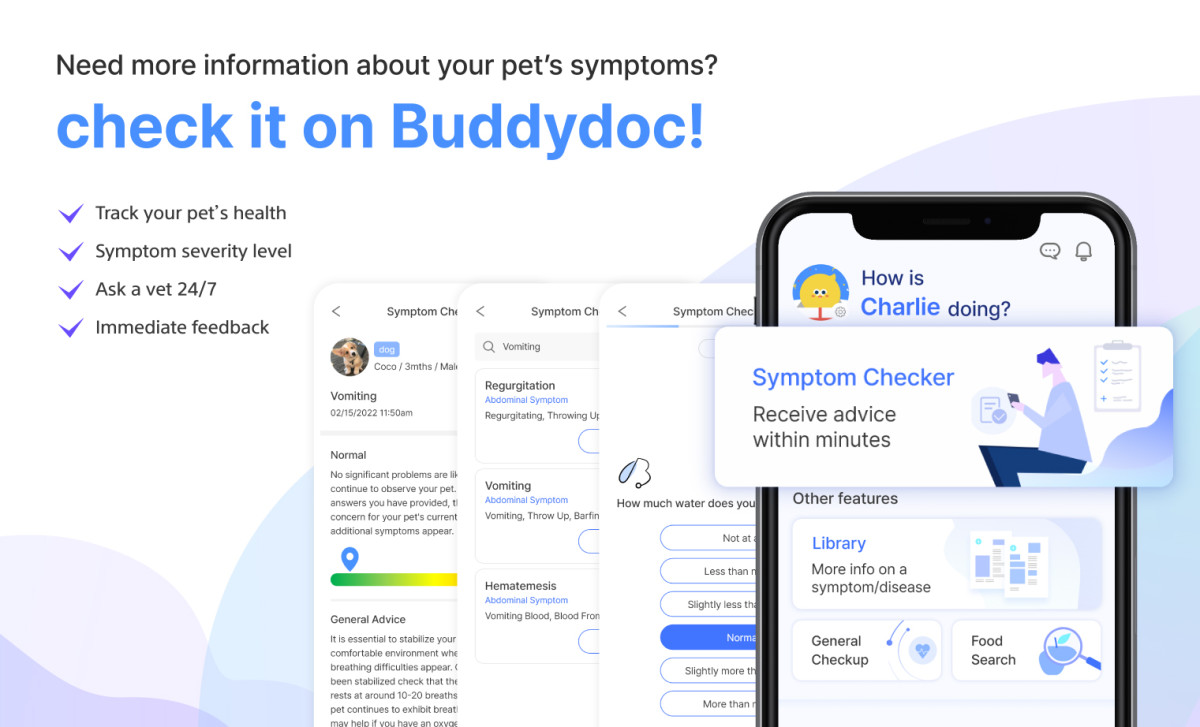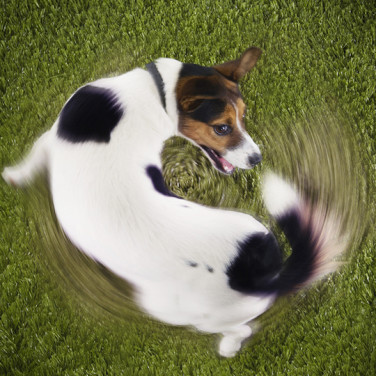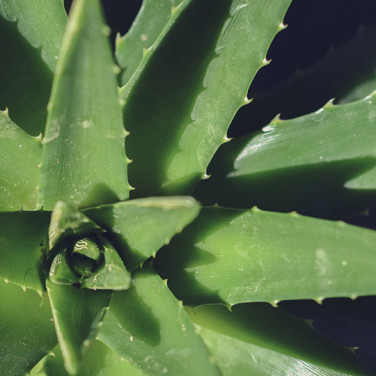SYMPTOMS
Polyuria and Polydipsia in Dogs (PUPD) - Causes and Treatment for PUPD
페이지 정보
본문
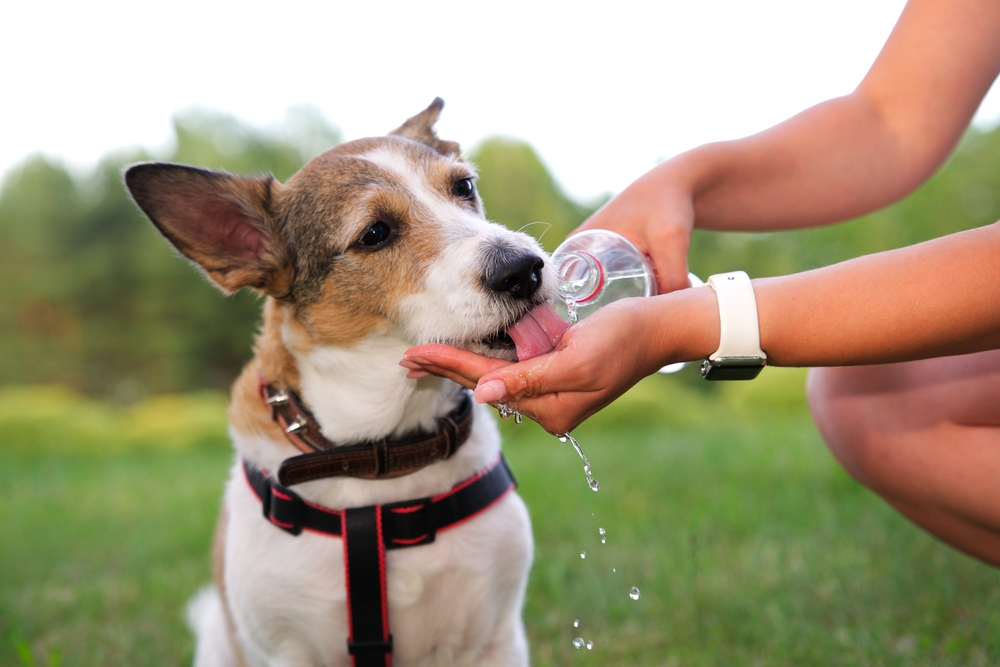
What is polyuria and polydipsia in dogs?
Polyuria (PU) and polydipsia (PD) are medical terms describing excessive urination and drinking, respectively. They often occur together, abbreviated as PU/PD. These signs signal potential illness and can stem from various conditions in dogs. Treatment will vary based on the cause, with many cases being manageable or treatable.
Hydration is regulated by the hypothalamus, pituitary gland, and kidneys, working together to control water balance in your pet’s body. There are multiple diseases that can cause symptoms of PU/PD in dogs. A typical dog urinates around 20-40ml/kg and drinks 50-60ml/kg daily. Variations arise from breed, size, environment, and activity. Exceeding 50ml/kg urination or 100ml/kg water intake indicates abnormality.
Causes of polyuria and polydipsia in dogs

Naturally if water intake increases that will lead to excessive urination. When water retention fails, dogs will drink more to counter dehydration. Fluid regulation involves several key organs to maintain hydration. There are many causes of PU/PD in dogs but the following are the most common causes:
⦁ Urinary system
Kidney related illnesses such as kidney failure, kidney infection, or bladder infection.
⦁ Endocrine system
Diseases that hinder the endocrine system include hyperadrenocorticism (Cushing’s disease), diabetes, and diabetes insipidus.
⦁ Adrenal gland disease
⦁ Pyometra (uterine infection)
⦁ Certain medications such as steroids
⦁ Dehydration
⦁ Ingesting or exposure to toxic substance
⦁ Hypercalcemia and hypokalemia
Symptoms of polyuria and polydipsia in dogs
Detecting PU/PD isn't always easy as it shares similar symptoms to other issues like incontinence or infections. Ultimately you should look out for frequent water bowl visits and outdoor requests. If you notice that your dog drinks water from unusual sources or begins to have accidents indoors. It may be a good idea to identify the cause with a veterinarian. Underlying conditions may attribute to further symptoms such as vomiting, weight loss, and reduced appetite if kidney disease is the cause.
Risk of polyuria and polydipsia in dogs
A normal puppy drinks about 50-60ml/kg of water per day. If you notice that your dog consume more than 100ml/kg of water per day and/or urinates excessively, you should visit the vet to identify the cause.
Home treatment options for polyuria and polydipsia in dogs
It is never a good idea to reduce your dog’s water intake. It may be common to think drinking less water will help reduce excessive urination, but this is incorrect. Avoiding water can lead to dehydration due to increased urine output. Ensure a steady supply of fresh water.
Home treatment options are only supportive and does not address the cause. If these symptoms persist, consult a veterinarian for proper diagnosis and treatment.
Diagnosing polyuria and polydipsia in dogs
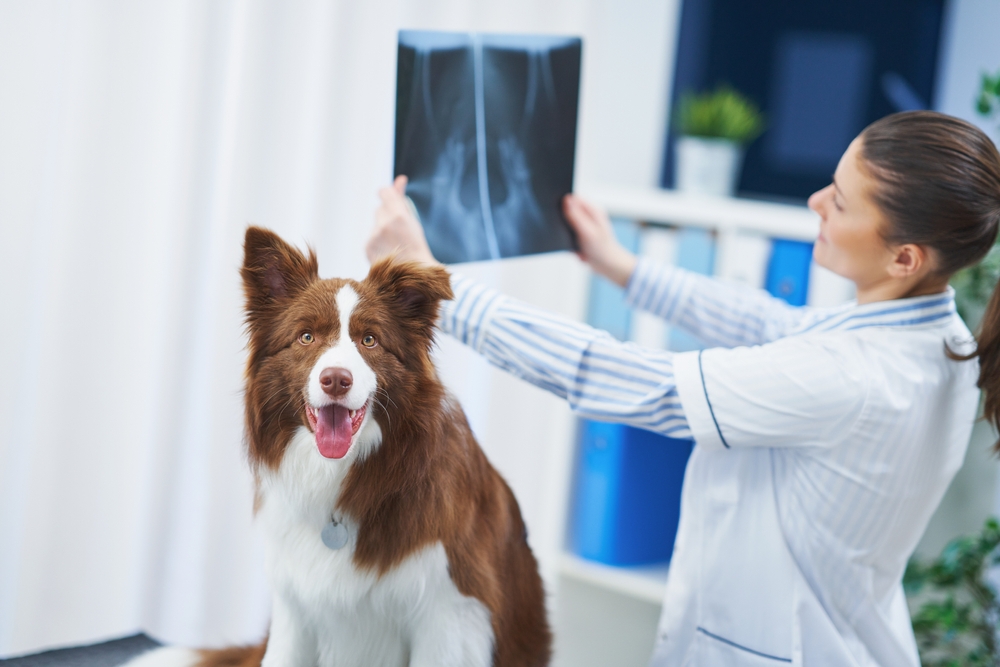
Polyuria can stem from conditions like diabetes mellitus, hyperadrenocorticism, kidney or liver disease, and diabetes insipidus. Your vet gathers data through questions, exams, and blood/urine tests for assessment. Further tests pinpoint underlying conditions.
⦁ History and physical examination
A veterinarian will first ask questions about your dog’s symptoms, such as how much water did your dog drink, how much your dog urinates, how often your dog urinates, whether your dog had an accident after house training, and other accompanying abnormal symptoms. Then proceed to check their vitals to prepare for which tests to conduct.
⦁ Blood test
A complete blood count (CBC) can help assess blood, kidney, and liver function. Employ serum chemistry to evaluate blood sugar and electrolyte levels (sodium, potassium, calcium) for overall body assessment.
⦁ Urine test
Evaluation of urine specific gravity (USG) and conducting a urine strip test are integral in identifying any causes of urinary issues. Low USG is common in polyuria or polydipsia. Urine strip tests also detect diabetes, ketosis, and potential urinary infections. For suspected infections, a urine culture might be necessary as well.
⦁ Imaging test
Abdominal radiographs and ultrasound serve to eliminate other potential causes of PU/PD. These imaging tools assess the kidneys, adrenal glands, liver, and uterus, identifying potential abnormalities in various organs.
⦁ Hormone test
Based on physical examination, basic blood, and urine tests, further assessments for hormonal disorders, such as hyperadrenocorticism or hyperthyroidism, might be necessary. While blood tests are primary, additional tests might be advised by the veterinarian depending on the situation. Follow their guidance for accurate diagnosis.
⦁ CT & MRI scan
When suspicions arise concerning brain abnormalities like pituitary tumors, or when intricate anatomical assessments surpass the capabilities of x-rays or ultrasounds, veterinarians may opt for a CT or MRI scan.
⦁ Water deprivation test
After eliminating other disease possibilities causing polydipsia/polyuria, a fluid deprivation test is conducted. This helps differentiate psychogenic polydipsia from diabetes insipidus.
This test involves restricting water intake for 12 hours to observe urine's specific gravity increase. Hospitalization and close monitoring for about a day are required.
⦁ Therapeutic trial
When other diseases causing PU/PD are ruled out and suspicion of diabetes insipidus is strong, testing is conducted to distinguish between central diabetes insipidus (CDI) and nephrogenic diabetes insipidus (NDI), and assess drug treatment response. Central diabetes insipidus responds to synthetic ADH drug desmopressin, while nephrogenic diabetes insipidus does not show drug responsiveness.
Treatment options for polyuria and polydipsia in dogs
PU/PD are symptoms that stem from various diseases, requiring diverse treatment plans based on the underlying cause. Management or treatment usually addresses the cause of PU/PD. For instance, psychogenic polydipsia may necessitate behavioral correction, while diabetes requires insulin injections.
In primary polyuria cases, excess hydration can lead to restrictions on water intake. A balance between water access and urination is crucial. Veterinarian guidance is imperative for implementing negative restrictions. For prolonged symptoms and dehydration, fluid therapy might be necessary for correction. Staying proactive in managing polyuria for your pet's well-being is vital.
Prevention tips for polyuria and polydipsia in dogs
Preventing PU/PD is typically challenging. If your dog consumes over 100ml/kg of water daily, seek hospital evaluation for accurate diagnosis. For tdogs that are over 8 years, undergoing regular health checkups (1-2 times annually) is advised to catch any early problems.
Find out more about your dog’s symptoms and diseases on the Buddydoc app!
Install the Buddydoc app now and ask any questions you have about your dog on our 1:1 ask-a-vet board! The Buddydoc library is filled with everything you’d want to know about each symptom and disease your pet may experience.



